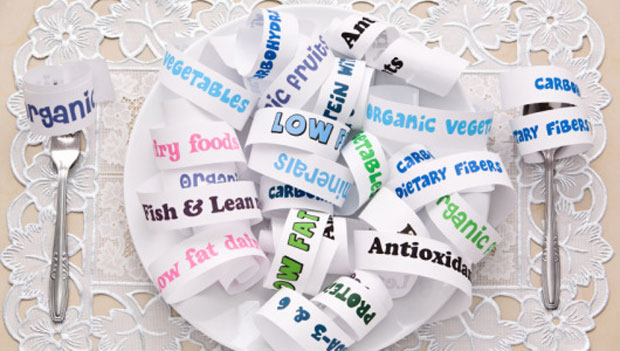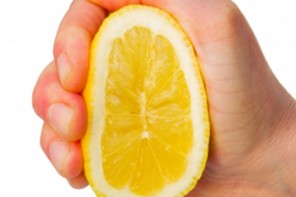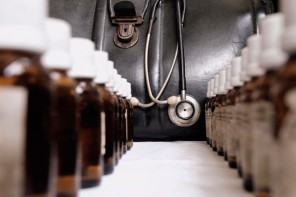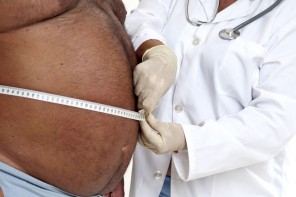Sometimes products appear to be eco-friendly when they’re really not, so get ready to scrutinise their ingredient list while ignoring the pretty pastel packaging that could just be greenwashing and brainwashing you. Here are some tips to help you understand eco labels.
Cheers to Conservation!
When buying wine, look for the Biodiversity & Wine Initiative eco labels that display a sugar bird on a protea. This proves that the wine has been produced in accordance with BWI’s conservation requirements.
Honey How-To
Most honey in South Africa is badger-friendly, but always check that it is listed as such!
‘Made with Organic Ingredients’
Don’t be fooled by the eco labels ‘made with organic ingredients.’ This does not mean that the entire product is made with natural ingredients. It does, however, mean that the product contains 70 per cent of organic ingredients.
‘100% Organic’
This is your safest bet and means that the product has only been made with organic ingredients.
‘Organic’
This means the product is at least 95 percent organic.
Natural vs. Organic
Natural does not always mean the product is organic. Rather, it means that the product does not contain artificial ingredients or preservatives. Sometimes natural products can also be organic, however they will be labelled as such.
Grass Fed vs. Open Pasture
When meat is listed as grass fed, the livestock was allowed to roam outdoors. The catch, however is that most cattle are fed in an indoor pen for at least the first few months. Open pasture, on the other hand, means that the animals were raised fully outdoors, were able to roam freely and were grazing outside. Open pasture meat also means that there are no toxins in it because the animals were fed grass that they could digest.
Free Range
This is usually placed on poultry or egg products, and means that the animals were allowed to roam freely.
Sustainable
This does not necessarily mean that the product is organic. It could refer to sustainable farming, which means that animals on farms were treated kindly, as well as sustainable practices that are eco-friendly and ensure the farm land resources were not depleted. Products can be sustainable without being organic.
‘Free From’
You might feel good to see a product claims to be ‘free from’ certain terrible ingredients, but that doesn’t necessarily mean that it’s free from other dangerous ones, so make sure you scrutinise everything that’s listed on a product.
It Looks Healthy But…
- Carneegan, a dangerous ingredient, is found in many nonorganic – but also some organic – products. It is best avoided because it can lead to gastrointestinal inflammation, malignant tumours and cancer. Although it comes from seaweed, it goes through a lot of processing which makes it unhealthy.
- Organic food can contain synthetic ingredients, so it’s worth your while to do internet searches on the ingredients listed on seemingly natural products. And remember the mantra: if you can’t pronounce it or you don’t know what it is, it might not be the healthiest option for you. Do your research!
Image here











